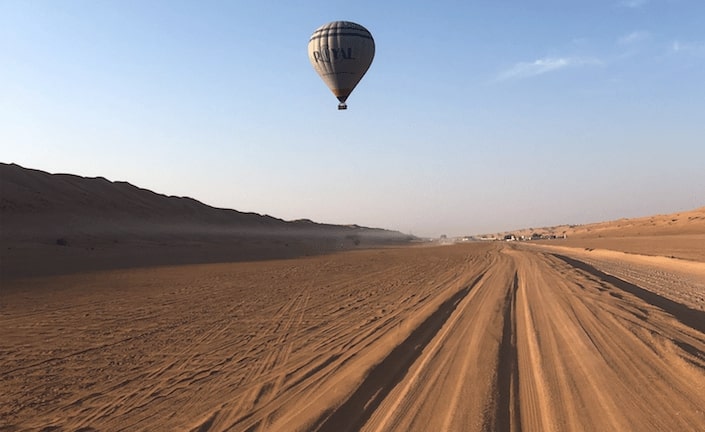The seas have always whispered tales of adventure, trade, and exploration. In Oman, these tales are embodied in the sturdy structure and graceful curves of the dhow. Once the pride of the Arabian waters, these traditional vessels not only facilitated commerce across vast oceans but also symbolized Oman’s profound maritime legacy. For centuries, these wooden vessels have bridged cultures, civilizations, and continents. As one ascends in a “Royal Balloon Oman,” the panoramic view of the coastline dotted with these historic vessels accentuates the rich tapestry of https://medium.com/@mikroareacom/the-best-5-activity-in-oman-3edc594ff482Oman’s seafaring past, offering an aerial narrative that complements the sea-bound tales of the dhows.
Craftsmanship Passed Down Generations: An Art Form Beyond Construction
Building a dhow is akin to painting a masterpiece, but instead of canvas and colors, craftsmen use wood and nails. This intricate process begins with the selection of the right timber. Traditional builders venture deep into forests, feeling and tapping trees, seeking ones with the ideal texture and strength. The construction process itself is steeped in rituals. Often, communities gather to lay the dhow’s keel, singing traditional songs to invoke protection and blessings from the sea deities. Tools employed in this craft are often handmade, designed specifically for the unique curves and angles of the dhow. The absence of written plans emphasizes the profound knowledge and skill of the craftsmen, who, guided by ancestral techniques and intuitive expertise, breathe life into timber, transforming it into a seaworthy vessel.
Dhows: The Backbone of Trade and Exploration – Vessels that Mapped Histories
The significance of dhows transcends their physical presence. These vessels have, for centuries, been the lifeblood of Oman’s global interactions. From the ancient ports of Muscat to the bustling markets of Zanzibar, dhows have traversed treacherous waters, transporting more than just goods – they were carriers of cultures, ideas, and innovations. They played a pivotal role in the spread of Islam, facilitating pilgrimages and scholarly exchanges. As these boats docked at various ports, they brought back tales of faraway lands, exotic goods like porcelain and silk, and even new crops, thereby shaping Oman’s culinary and cultural landscape. They were not just tools of commerce, but emissaries of Omani diplomacy and symbols of the Sultanate’s maritime dominance.
By appreciating the dhow’s intricate design and understanding its profound impact on history, one gets a glimpse into Oman’s soul. It’s a tale of endurance, innovation, and the timeless bond between the Omani people and the vast, unpredictable waters they navigated.


